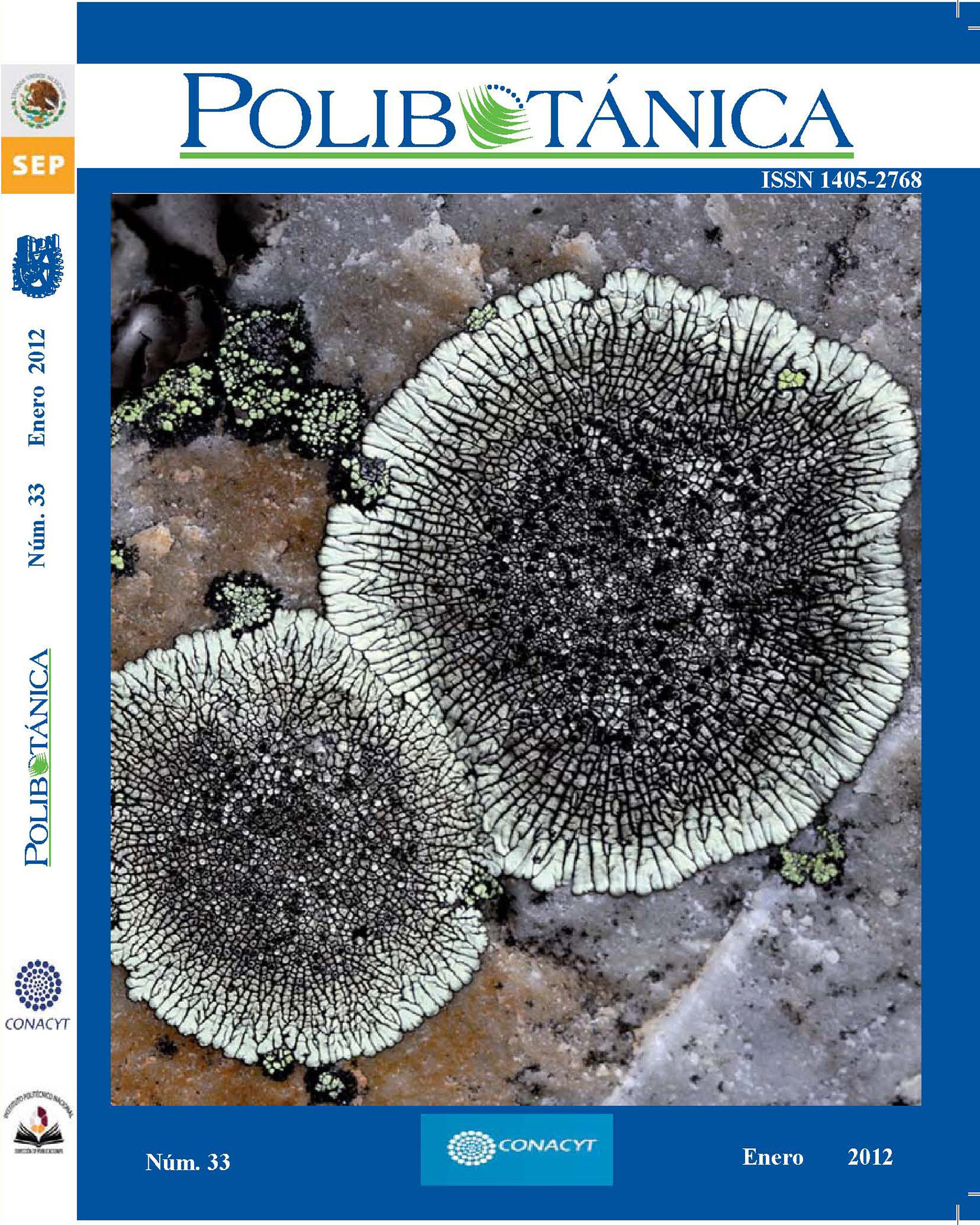PROPAGACIÓN VEGETATIVA DE TRES ESPECIES DE MANGLE POR ACODOS AÉREOS EN EL MANGLAR DE SONTECOMAPAN, CATEMACO, VERACRUZ, MEXICO
Abstract
Asexual propagation in mangrove species
is poorly documented and has consisted
of individual experiments for vegetative
propagation of some species exists without
continuity and further investigation by the
unsuccessful results. Among 69 species of
mangroves only nine have been propagated
through asexual reproduction and the results
range goes from a low roots production in
individuals bent to a very low percentage
to become established in field. This has led
some experts believe that these mangrove
species are not suitable for vegetatively
propagated. The aim of this study was
to evaluate the asexual propagation by
air layers on species Rhizophora mangle
(Rhizophoraceae), Laguncularia racemosa
(Combretaceae) and Avicennia germinans
(Avicenniaceae) under the assumption that
an individual mangrove can be propagated
by layering tallest and fastest growing also
be developed in less time than propagules.
The work was done in the 1342 Ramsar site
“Mangroves and Wetlands Sontecomapan
Lagoon”, Catemaco, Veracruz, Mexico.
120 branches are layered in mangrove
species using Indole Butyric Acid (Raizoneplus, with 6% Indole-3-Butyric Acid) to
promote root. L. racemosa roots occurred
in 96 layers after 195 days. R. mangle roots
occurred in 37 layers and A. germinans in
31, both species layered after one year.
Significant differences were found between
the number of roots produced by species
and thickness. Not relationship was found
between the number of roots produced by
species with height, DBH, tree cover and
the length and thickness of branches. Not
significant difference was found to correlate
the number of roots with length and
thickness structural measures of branches
in each species. The three species have
the ability to produce root even in quantity
and sizes, however, we suggest the elbow
of L. racemosa to conduct reforestation
programs.
Downloads
Published
Issue
Section
License

Polibotánica by Departamento de Botánica de la Escuela Nacional de Ciencias Biológicas del Instituto Politécnico Nacional se distribuye bajo una Licencia Creative Commons Atribución-NoComercial-CompartirIgual 4.0 Internacional.




















